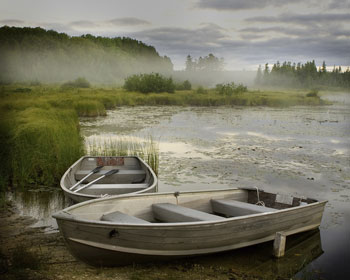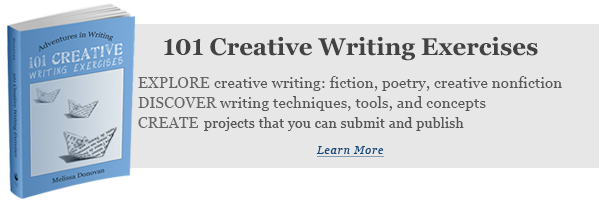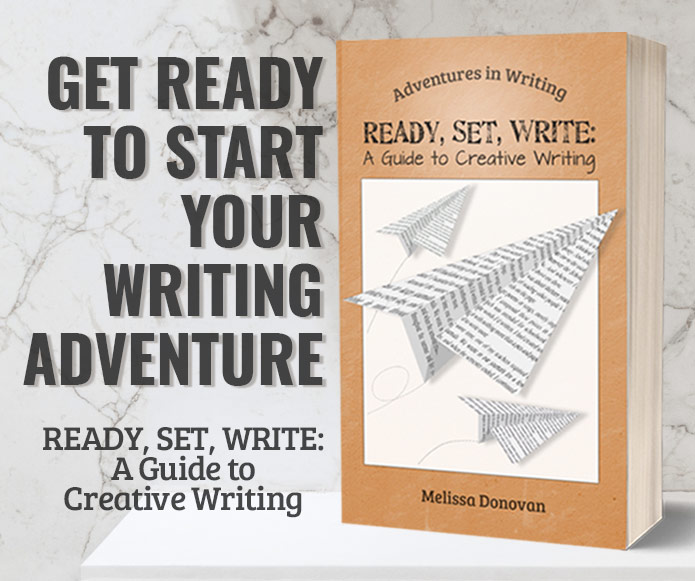Today’s writing exercise comes from 101 Creative Writing Exercises, which takes writers on an adventure through different forms and genres while offering tools, techniques, and inspiration for writing.
Each chapter focuses on a different form or writing concept: freewriting, journaling, memoirs, fiction, storytelling, form poetry, free verse, characters, dialogue, creativity, and article and blog writing are all covered.
Today, we’ll take a peek at “Chapter 7: Form Poetry” with a poetry exercise called “Couplets and Quatrains.” Enjoy!
Couplets and Quatrains, a Poetry Writing Exercise
Poetry may not be the most widely read or published form of writing these days, but it’s probably the most widely written.
Despite the lack of enthusiasm for the form among readers and publishers, poetry still has a traditional place in our culture. You’ll hear poetry read at most significant events, such as weddings, funerals, graduation ceremonies, and presidential inaugurations. Poetry is the foundation for most children’s books, and it’s so closely related to songwriting that in many cases, it’s hard to tell the difference between a poem and a song lyric.
Couplets and quatrains are two of the most basic building blocks of poetry.
Couplets
A couplet is a pair of lines in a poem. The lines usually rhyme and have the same meter or syllable count. Contemporary couplets may not rhyme; some of them use a pause or white space where a rhyme would occur.
Couplets can be used in a number of ways. Some poems are simply a couplet. Other poems are composed of a series of couplets. Stanzas can end with a couplet, or an entire poem can end with a couplet.
Quatrains
A quatrain is either a four-line stanza within a poem or a poem that consists of four lines. Many modern song lyrics are composed of quatrains.
A quatrain may contain one or two couplets. The nursery rhyme “Humpty Dumpty” is a quatrain of two couplets:
Humpty Dumpty sat on a wall,
Humpty Dumpty had a great fall.All the king’s horses and all the king’s men
Couldn’t put Humpty together again.
The Exercise
This is a three-part exercise. First write a couplet (two rhyming lines with the same meter or number of syllables). Then write a quatrain (it doesn’t have to include meter or rhymes). Finally, write a quatrain that consists of two couplets.
Tips: Keep your language and subject matter simple. Aim for catchy language and vivid imagery.
Variations: Mix it up—write a poem that consists of a couplet followed by a quatrain and then another couplet. Try using couplets and quatrains to write a song lyric.
Applications: Couplets and quatrains have an infinite number of practical applications for a writer. Couplets are ideal for writing a children’s story, because kids gravitate to simple language and rhythmic rhymes. You can also use couplets and quatrains in songwriting and greeting-card poetry.






Great little exercises,
Here are my attempts.
why should I write down lines of rhyme.
a thing I did in childhood time.
Good young master Noah slow yourself right down.
Little monster Noah don’t you run around.
You’ll trip and fall, and break a bone.
and then you’ll just be running home.
I used Humpty as a muse for my quatrain.
Any are critiques welcome
Thanks for sharing your exercises.